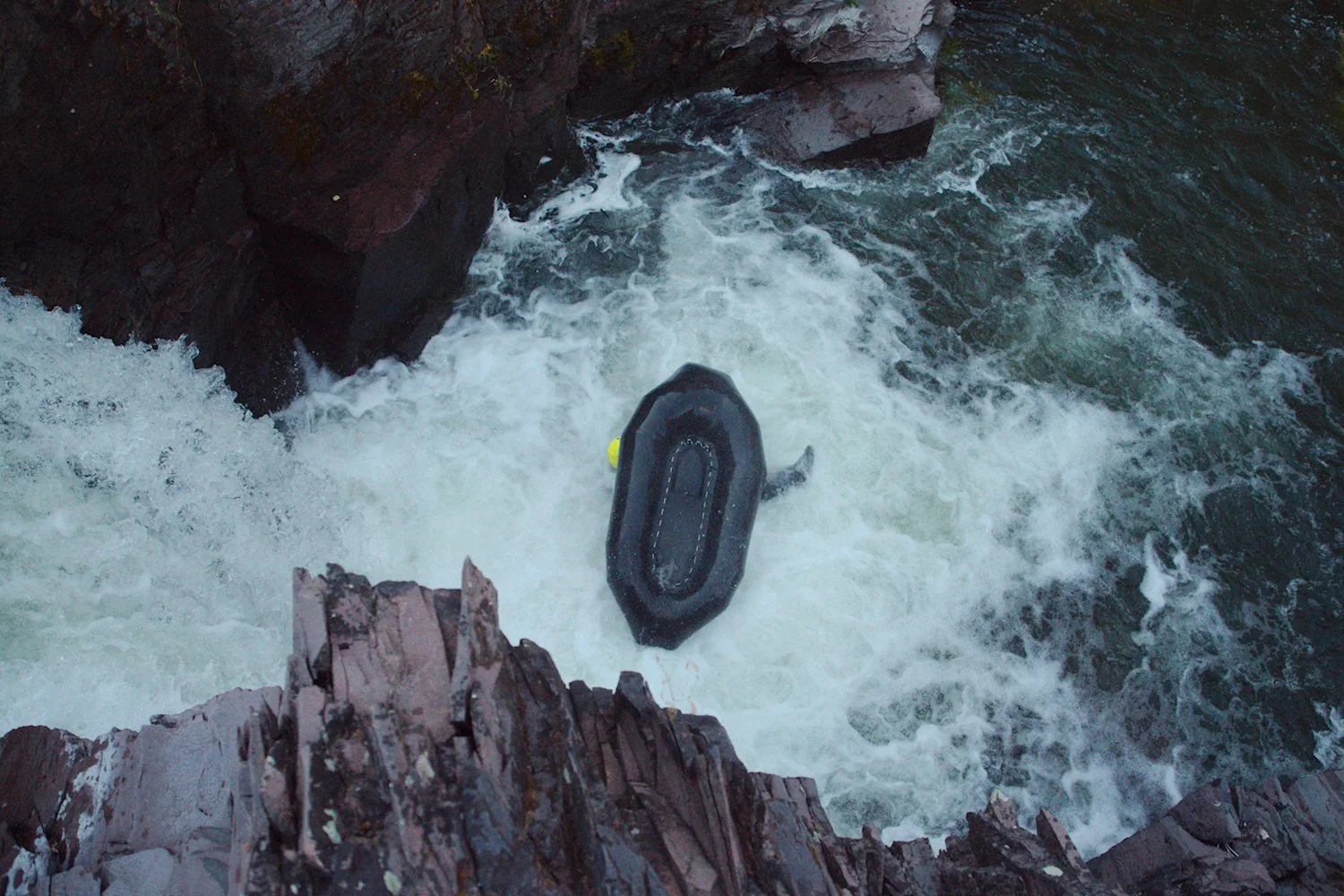Medical Evacuations in Remote Outdoor Settings
If you are in an outdoor setting and someone requires urgent medical attention, the decision to perform a medical evacuation depends on several factors, including the patient's condition, the location, level of medical expertise, and available resources on scene. The goal of a medical evacuation is to provide timely and efficient transport of a patient to a medical facility, also known as definitive care, where they can receive the necessary treatment to improve their health and well-being.
If the patient is in the water and requires immediate medical attention, it may be necessary to perform a water rescue to get them to a safe location on the riverbank or on a nearby vessel. Once onshore or on a vessel, the patient's condition can be assessed, and emergency medical treatment can be provided as necessary.
What Does A Medical Evac Look Like?
The steps involved in a medical evacuation will vary depending on the location and severity of the patient's condition, but generally, the process follows these steps:
Initial assessment: The first step in a medical evacuation is to assess the patient's condition to determine the urgency and appropriate course of action. This assessment may involve a medical professional on scene. It is a good idea to make sure you have someone trained in advanced medical care, especially if you are in a more remote river.
Stabilization: Once the patient's condition has been assessed, the next step is to stabilize them. This may involve providing emergency medical treatment to keep the patient stable until they can be transported.
Transport preparation: Once the patient is stabilized, someone in the group will have to make the decision to perform a medical evacuation, typically the person with the highest medical qualifications. Once you have decided to evacuate the patient, preparations for transport can begin. This may involve coordinating with medical personnel and transportation services to ensure that the patient can be safely reach definitive care.
Transport: The actual transport of the patient is the next step in a medical evacuation. Depending on the location and severity of the patient's condition, this may involve simply continuing downstream, or ground transportation, such as hiking out or calling an ambulance, air transportation is also a possibility, however there are a thousand reasons a helicopter could not make it in so it is important to have a backup plan in case conditions do not allow air transport.
Transfer to EMS: Emergency Medical Services will often coordinate their response to find a location suitable to transfer the patient into their care. It is important to follow the instructions of all EMS personnel to ensure that the patent can reach definitive care quickly. Once the patient arrives at the meeting spot, EMS will take over the patient's care and continue to monitor their condition until they are transported to definitive care.
If you are in a remote location, it's important to have a plan in place in case of a medical emergency. This may include carrying a first-aid kit, a satellite communication device, and understanding emergency egress routes. It's also important to know the location of the nearest medical facility and the quickest route to get there. If an immediate evacuation is not necessary, but the patient requires medical attention, it's important to provide basic first aid and stabilize the patient as much as possible as you transport them to a medical facility. This may involve assigning someone who was paddling to continuously monitor them, administering medications, or immobilizing a broken bone. In general, an evacuation may be necessary when:
The patient's medical condition requires specialized care that is not available on scene. For example, if a patient breaks a bone, requires surgery, or has lost consciousness, an evacuation may be necessary to transport them to EMS who will then transfer the patient to definitive care with the necessary expertise and equipment to handle their condition. For example, if a patient loses the ability to move over large parts of their body, medical evacuation may be necessary to ensure that the patient receives the necessary treatment in a timely manner.
The patient's medical condition is such that their continued presence in a remote austere environment becomes life threatening. For example, a paddler takes a log swim and becomes hypothermic on the river.
The patient's medical condition is such that they require medical monitoring during transportation or ground transport would not be appropriate. For example, if a patient inhales water during a swim and loses consciousness, an evacuation is an appropriate choice. If the injury is severe to the point of loss of consciousness or inability to transport due to heavy bleeding, air transport may be necessary to ensure that they receive the necessary medical care during transport.
What to Prioritize in a Rafting Evacuation?
In a river environment, it's important to prioritize the safety of both the patient and the rescuers. Water rescue and evacuation operations can be dangerous and require specialized training and equipment. It's important to follow proper safety protocols and to work with trained professionals to ensure that the patient receives the necessary medical attention while minimizing the risk of further injury or harm. In all cases once you have made the decision to perform a medical evacuation, the highest priority of all participants in the trip must shift to the safety and efficient evacuation of the injured party. This may require you to cease river operations and hike out of the canyon either with the patient or to seek further assistance.
If you decide to transport the patient via raft out of a river you should seriously consider the level of stress you are putting on that person in the condition they are in. Here are some things to consider when you are evacuating people by raft:
Alter the configuration of your paddlers to have your best boaters in the boat with the patient. Additionally, consider placing the patient in a boat with the person with the highest medical qualifications.
You may need to alter the routes you take through rapids so that you can reduce the amount of bumping and tossing the patient experiences.
Consider walking the patient around the most difficult features and drops in the river to increase comfort to the patient if it is safer to do so.
Understand the patient’s condition and evaluate the risk the patient has if they do not arrive at definitive care within a timely manner. If time is of the essence, it may make more sense to run them down the river as quickly as possible if it is safe enough to do so.
Carefully consider where in the raft you want to put the patient, generally the center most compartment will be the best place for the patient. You may need to alter your rigging to accommodate the patient by moving gear or providing something to help stabilize the patient like a grab handle.
If it is safe to do so and you have plenty of boaters with you, send a couple boats ahead to seek additional resources such as EMS so that those resources are either standing by or responding to a specific location such as a river access point.
If the patient's condition is critical or life-threatening, and urgent medical attention is required, a medical evacuation may be necessary. In this case, it's important to contact emergency services immediately and provide them with as much information as possible, including the patient's location, medical condition, and any other relevant details. Depending on the location and available resources, a helicopter, additional boats, or other transportation may be required to transport the patient to a definitive care.






